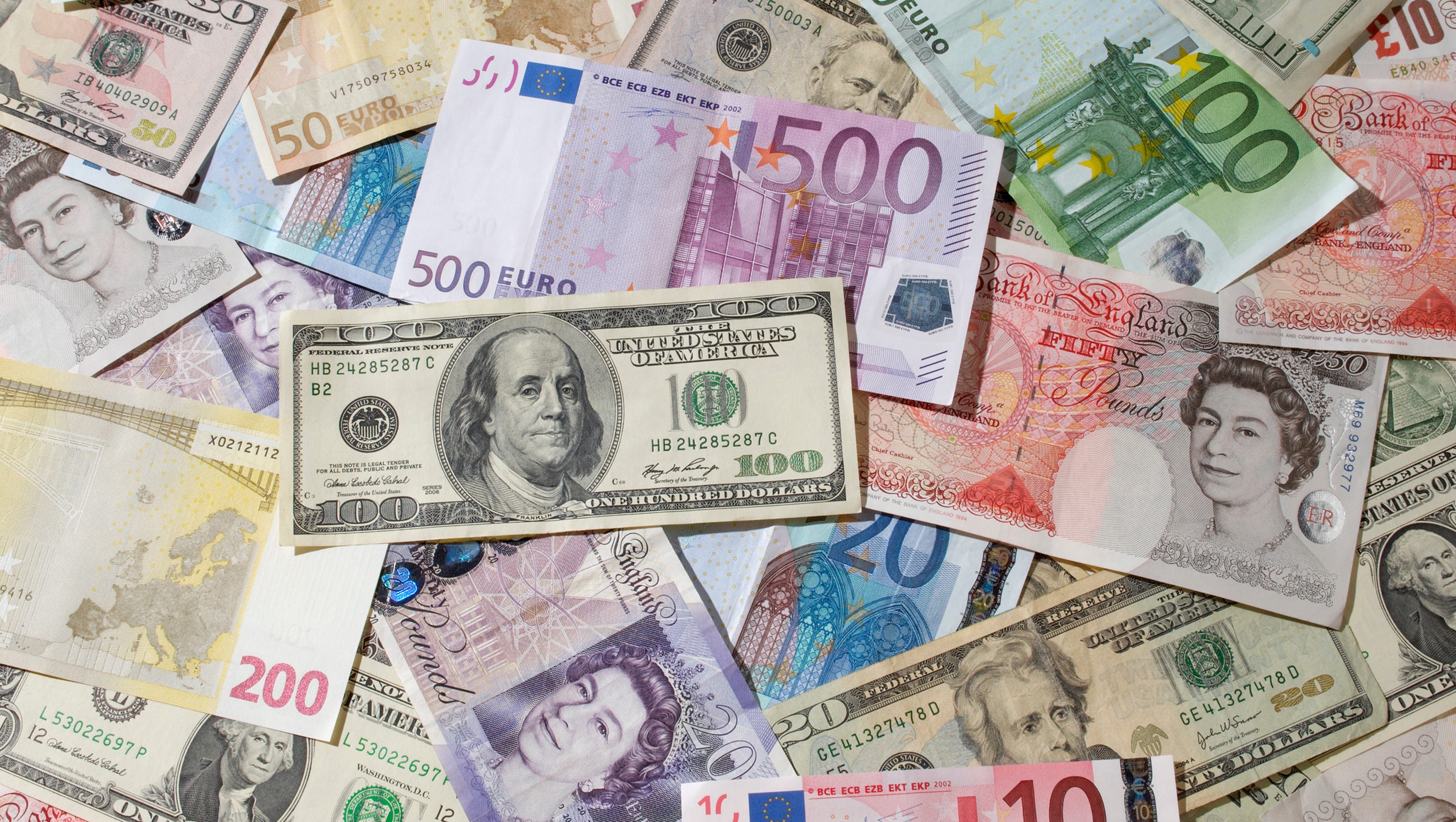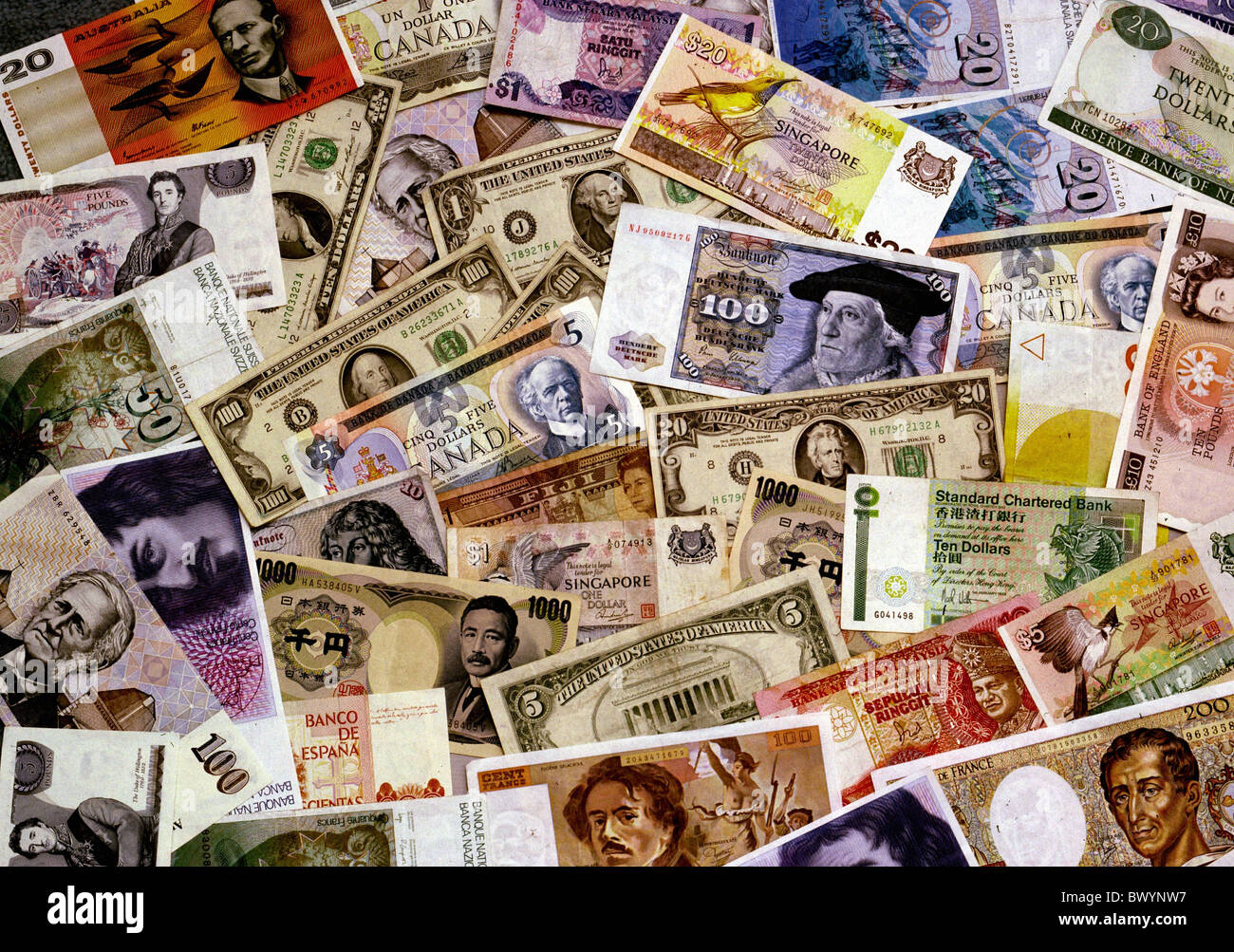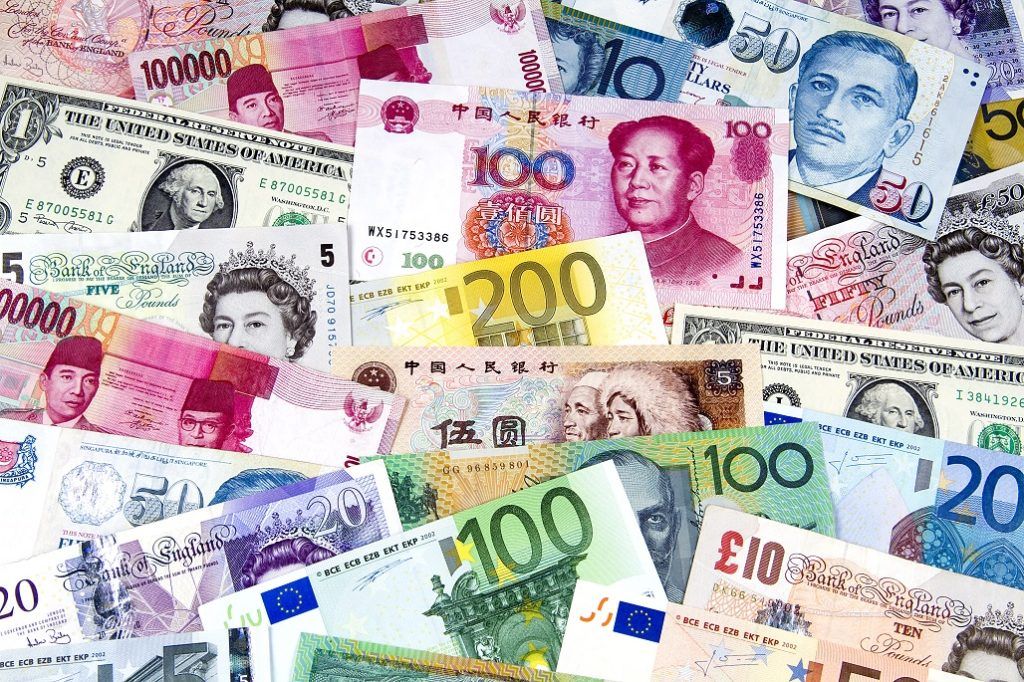Navigating Currency Exchange In Iran: Your Essential Guide
Venturing into a new country always brings with it the practicalities of managing money, and when it comes to currency exchange in Iran, there's a unique landscape to understand. Unlike many nations where a single currency reigns supreme in both official and daily transactions, Iran presents a fascinating duality with its official Rial and the commonly used Toman. This distinction is crucial for anyone planning to visit or conduct business, ensuring a smooth financial experience.
This comprehensive guide aims to demystify the intricacies of the Iranian currency system, providing you with expert insights and practical advice. From understanding the dynamics of exchange rates to identifying the safest places for transactions, we'll cover everything you need to know to navigate currency exchange in Iran with confidence and ease. Prepare to unlock the secrets of the Rial and Toman, and make your financial dealings in Iran as seamless as possible.
Understanding Iran's Dual Currency System: Rial vs. Toman
One of the most distinctive aspects of currency exchange in Iran, and indeed daily life, is the coexistence of two monetary units: the Rial and the Toman. The Iranian Rial (IRR), with its currency code IRR and symbol ﷼, is the official currency of Iran. All banknotes and coins are denominated in Rials, and official transactions, such as those at banks or government institutions, will always refer to Rials. However, step onto the bustling streets of Tehran or any Iranian city, and you'll quickly realize that prices for goods and services are almost universally expressed in Tomans.
This dual system can initially be a source of confusion for newcomers. The key to understanding it is simple: one Toman is equivalent to ten Rials. This means that when Iranians quote a price in Tomans, they are essentially ignoring one zero from the official Rial denomination. For example, if a shopkeeper says something costs "10,000 Tomans," they are referring to 100,000 Rials. This practice is deeply ingrained in daily payments and purchasing habits across Iran. It’s a historical convention that has persisted, making it essential for anyone engaging in currency exchange in Iran to be acutely aware of this distinction. Always clarify whether a price is in Rials or Tomans, especially in informal settings, to avoid misunderstandings.
The Dynamics of Iranian Rial Exchange Rates
The exchange rate of the Iranian Rial is a dynamic and often complex subject, influenced by a myriad of factors including global politics, economic sanctions, oil prices, and domestic policies. Unlike currencies in many stable economies, the Rial's value can fluctuate significantly, making it crucial to stay updated with live Iranian Rial (IRR) exchange rates. For most international travelers and businesses, the most popular Iranian Rial exchange rate is the IRR to USD rate, reflecting the US dollar's status as a global reserve currency.
Iran operates with both official and free market exchange rates. While the official rate is set by the government, the free market rate, often found at authorized exchange offices, typically reflects the true supply and demand dynamics and is the rate most relevant for tourists and general public transactions. In 2012, the government launched a foreign exchange centre, specifically designed to provide importers of some basic goods with foreign exchanges at a rate about 2% cheaper than the open market rate on a given day. This initiative aimed to stabilize prices for essential commodities, showcasing the government's active role in managing currency flows and rates within the economy. Understanding these nuances is vital for anyone engaging in currency exchange in Iran.
Key Factors Influencing Exchange Rates
The value of the Iranian Rial is particularly sensitive to external pressures and internal economic policies. International sanctions, for instance, have historically played a significant role in limiting Iran's access to global financial markets, thereby impacting the demand for and supply of foreign currency within the country. Fluctuations in global oil prices, given Iran's heavy reliance on oil exports, also directly affect the nation's foreign currency reserves and, consequently, the Rial's strength. Domestic inflation rates, government fiscal policies, and public confidence in the economy further contribute to the daily, weekly, and yearly dynamics of the exchange rate change, as can be observed on charts and in tables provided by financial data services.
Real-Time Rates and Currency Converters
For anyone planning to perform currency exchange in Iran, accessing real-time exchange rates is paramount. Many online platforms and financial news outlets provide live Iranian Rial rates, charts, and IRR currency converters. These tools allow users to get the latest exchange rates today between the Iranian Rial (IRR) and all other major global currencies, including USD, EUR, GBP, and more. For instance, as of June 20, 2025, 05:05 AM UTC, 1 Iranian Rial was equivalent to approximately 0.00002374 US Dollars. Conversely, 100 US Dollars is equivalent to approximately 4,210,000 Iranian Rials. Such free currency exchange rates calculators help you convert Iranian Rial to US Dollar from any amount, simply by typing in the desired figure and selecting the currencies from a dropdown menu. Staying updated with these rates ensures you get the best value for your money.
Where to Safely Conduct Currency Exchange in Iran
When it comes to performing currency exchange in Iran, choosing the right venue is critical for safety, reliability, and obtaining fair rates. While informal money changers might exist, the best and most recommended places are the authorized Iran exchange offices, known in Persian as "sarrafi." These establishments are specifically licensed and regulated to handle foreign currency transactions, providing a secure and transparent environment for exchanging your foreign currency for local Iranian Rials.
These authorized Iran exchange offices are particularly concentrated in major cities such as Tehran, Isfahan, Shiraz, and Mashhad. They are often found in bustling commercial areas, sometimes grouped together in specific districts, making them easy to locate. A significant advantage of using "sarrafi" is their extended operating hours and typically faster service compared to other options. They are well-versed in the nuances of currency exchange in Iran, including the Rial-Toman conversion, and can provide up-to-date buy and sell rates for various currencies, ensuring a seamless conversion experience with Toman often serving as the base currency for transactions.
The Role of "Sarrafi" (Exchange Offices)
The "sarrafi" are the backbone of the free market currency exchange in Iran. They are the most reliable option for travelers and individuals needing to convert foreign currency. These offices operate under strict regulations to ensure legitimacy and prevent illicit activities. When you visit a "sarrafi," you'll typically find transparent displays of current buy and sell rates for major currencies like USD, EUR, and GBP. The staff are usually professional and efficient, processing transactions quickly. It's advisable to compare rates between a few different "sarrafi" offices in the same area, as rates can vary slightly. They are equipped to handle larger sums and offer receipts for your transactions, adding an extra layer of security and accountability to your currency exchange in Iran.
Navigating Banks for Currency Exchange
While some banks in Iran do offer currency exchange services, they might not always be the most convenient or efficient option, especially for tourists. Banks generally operate during standard business hours, which can be restrictive, and the process can sometimes be slower due to bureaucratic procedures. The exchange rates offered by banks might also be less competitive compared to the free market rates available at "sarrafi" offices. For larger, more official transactions, or if you have an account with an Iranian bank, they can be a viable option. However, for quick and efficient currency exchange in Iran, particularly for smaller amounts needed for daily expenses, the specialized exchange offices remain the superior choice. It's always wise to have your passport readily available, regardless of where you choose to exchange money, as it's a standard requirement for foreign currency transactions.
Practical Tips for Currency Exchange in Iran
Navigating currency exchange in Iran requires a bit of foresight and awareness. Firstly, always remember the Rial-Toman distinction. When you are quoted a price, whether for a taxi, a meal, or a souvenir, always confirm if it's in Rials or Tomans. A simple "Rial or Toman?" (Rial ya Toman?) can save you from potential confusion or overpayment. Given that cash and coins are in Iranian Rial, for changing the rate to Iranian Toman, people simply ignore one zero. This seemingly small detail is perhaps the most important practical tip for daily transactions.
Secondly, always exchange your foreign currency at authorized "sarrafi" offices. These are your safest and most reliable option for exchanging money. Avoid unofficial street vendors or individuals offering seemingly better rates, as these can be risky and may lead to counterfeit currency or scams. Before exchanging, check the current exchange rates online or through reliable apps to ensure you are getting a fair deal. This currency rates table lets you compare an amount in Iranian Rial to all other currencies, helping you make an informed decision. Lastly, try to exchange a reasonable amount at a time, enough for your immediate needs, rather than carrying excessively large sums of local currency, which can be bulky and inconvenient due to the Rial's low value relative to major global currencies.
The Central Bank and Currency Issuance in Iran
The foundation of Iran's monetary system rests firmly with its central authority: Bank Markazi Iran, officially known as the Central Bank of the Islamic Republic of Iran. According to the Monetary and Banking Act of Iran (MBAI), the government is the sole authority having the right of issuing notes and coins, and this right is hereby vested exclusively in Bank Markazi Iran, subject to the provisions of this act. This means that every Iranian Rial banknote and coin in circulation is issued and regulated by this central institution, ensuring uniformity and control over the nation's money supply.
This exclusive right of issuance underscores the central bank's critical role in maintaining monetary stability and managing the nation's financial health. It is responsible for formulating and implementing monetary policy, regulating banks, and managing foreign exchange reserves. The central bank's decisions and policies directly impact the overall economic environment, including inflation rates and the stability of the Iranian Rial's exchange rate. Understanding this centralized control over currency issuance provides a deeper insight into the regulatory framework governing currency exchange in Iran and the broader financial system.
Converting Iranian Rial to Major Currencies: A Closer Look
For those looking to convert Iranian Rials back into major global currencies like the US Dollar, the process is largely similar to converting foreign currency into Rials. The most straightforward way to do this is by using online currency converters or visiting an authorized "sarrafi" before you depart. These tools and offices allow you to learn the value of 1 United States Dollar (USD) in Iranian Rials (IRR) today, or vice versa, with ease. For example, if you want to know how much 100 Iranian Rials is in US Dollars, a converter will provide the current equivalent, which, as of recent data, is approximately 0.002374 US Dollars (1 IRR = 0.00002374 USD).
To convert Iranian Rials to US Dollars using an online converter, you simply type in the amount you want to convert in the designated box. Then, you click on the dropdown menu to select IRR as the currency you want to convert from, and USD as the currency you want to convert to. The converter will instantly display the equivalent amount. This free currency exchange rates calculator helps you convert Iranian Rial to US Dollar from any amount, offering a quick and convenient way to manage your finances before or after your trip. Similarly, if you have 100 US Dollars and want to know its equivalent in Iranian Rials, the converter will show it as approximately 4,210,000 Iranian Rials, illustrating the significant numerical difference due to the Rial's lower value.
Understanding the Iranian Rial's Value in a Global Context
The Iranian Rial, while the official currency of a significant regional power, holds a unique position in global currency rankings. Its value is often subject to specific geopolitical and economic pressures that set it apart from many other national currencies. Our currency rankings consistently show that the most popular Iranian Rial exchange rate is the IRR to USD rate, underscoring the dominance of the US dollar in international trade and finance, even for countries with complex relationships with the United States. This pairing is the primary benchmark for assessing the Rial's strength or weakness on the international stage.
The dynamics of the exchange rate change for a week, for a month, for a year, as displayed on charts and in tables, reveal the volatility and trends inherent in the Rial's valuation. These fluctuations are not merely abstract numbers; they have real-world implications for trade, investment, and the purchasing power of individuals within Iran. The unit of Iranian currency is the Rial, and its performance against major global currencies is a key indicator of Iran's economic health and its integration (or lack thereof) with the global economy. For anyone considering financial interactions involving currency exchange in Iran, understanding this broader context is vital for making informed decisions.
The Future Landscape of Currency Exchange in Iran
The landscape of currency exchange in Iran is continuously evolving, shaped by internal economic reforms, geopolitical developments, and global financial trends. While the dual currency system of Rial and Toman has been a long-standing feature, there have been discussions and even legislative moves towards a currency redenomination, potentially formalizing the Toman as the official currency by removing four zeros from the Rial. Such a move, if fully implemented, would significantly simplify daily transactions and could potentially impact the psychological perception of the currency's value, though the underlying economic value would remain the same. This would represent a major shift in the mechanics of currency exchange in Iran.
Furthermore, the ongoing interplay between official and free market rates, alongside the central bank's efforts to manage foreign exchange, will continue to define the environment for currency exchange. As Iran seeks to navigate global economic challenges and potentially expand its international trade, the mechanisms for currency exchange will likely adapt. For visitors and businesses, staying informed about these potential changes, alongside relying on established, authorized channels like the "sarrafi," will remain the best approach to ensure smooth and secure financial transactions in Iran. The resilience and adaptability of the Iranian financial system, coupled with the clear guidance on safe exchange practices, will continue to be key for anyone engaging with the Iranian Rial.
Conclusion
Navigating currency exchange in Iran, while seemingly complex at first glance, becomes manageable with the right knowledge and approach. The key takeaways are clear: always remember the distinction between the official Rial and the commonly used Toman (where one Toman equals ten Rials). For all your exchange needs, prioritize authorized "sarrafi" (exchange offices) in major cities, as they offer the safest, most reliable, and often fastest service compared to banks. Stay updated with live exchange rates, especially the popular IRR to USD pair, using online converters to ensure you're always getting a fair deal.
Understanding the role of Bank Markazi Iran as the sole issuer of currency and the broader economic factors influencing the Rial's value will further empower your financial decisions. Whether you're a tourist exploring Iran's rich cultural heritage or a business professional engaging in trade, mastering the nuances of currency exchange in Iran is essential for a seamless experience. We encourage you to share your own experiences or tips in the comments below, helping others on their journey. For more in-depth insights into travel and finance in the region, explore other articles on our site to keep yourself informed and prepared.
- Chevy Chase Spouse
- Who Dated Miley Cyrus
- Chanel West Coast Husband
- Christine Whigham
- Nicki Minaj Relationship

Currency exchange 101: What to know before you go

Bank notes countries currency different finances international money

Currency - Overview, Origin, Foreign Exchange Trading